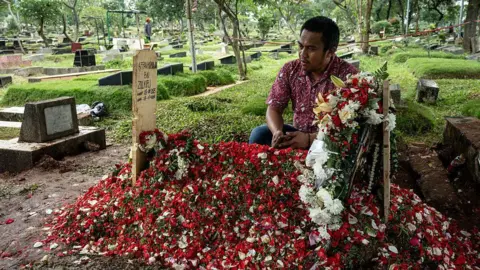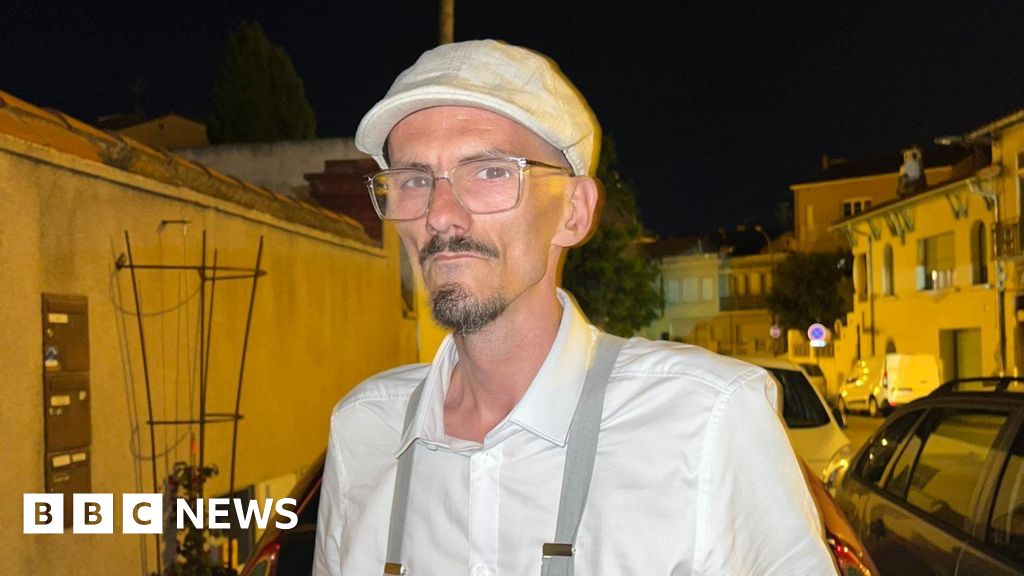Yuri Grigorovich, the esteemed choreographer and artistic director of the Bolshoi Ballet from 1964 to 1995, has passed away at the age of 98, as confirmed by the Bolshoi Theater in Moscow. Grigorovich is celebrated as one of the most influential figures in 20th-century ballet, primarily renowned for his iconic production of “Spartacus,” which premiered in 1968. According to legendary dance critic Clive Barnes, the ballet marked a watershed moment in Soviet ballet history, becoming one of the most triumphant productions of its time.
The narrative of “Spartacus,” centered on the enslaved gladiator who led a rebellion against ancient Rome, resonated powerfully, echoing the tumultuous spirit of the Russian Revolution of 1917. Grigorovich’s interpretation was characterized by a blend of accessibility and profundity, depicting clear heroic and villainous figures: Spartacus and his wife as the noble protagonists, contrasted with the oppressive Crassus and his courtesan mistress.
Grigorovich’s innovative choreography showcased powerful and emotive performances, characterized by expansive group formations and dynamic soloist movements. The visual spectacle often featured robust male dancers, displaying raw strength and acrobatics, while the leads executed grand, expressive movements, culminating in climactic encounters that were both dramatic and athletic.
As the world reflects on his extraordinary career, Grigorovich's legacy endures, shaped by his bold vision and transformative impact on the art of ballet.
The narrative of “Spartacus,” centered on the enslaved gladiator who led a rebellion against ancient Rome, resonated powerfully, echoing the tumultuous spirit of the Russian Revolution of 1917. Grigorovich’s interpretation was characterized by a blend of accessibility and profundity, depicting clear heroic and villainous figures: Spartacus and his wife as the noble protagonists, contrasted with the oppressive Crassus and his courtesan mistress.
Grigorovich’s innovative choreography showcased powerful and emotive performances, characterized by expansive group formations and dynamic soloist movements. The visual spectacle often featured robust male dancers, displaying raw strength and acrobatics, while the leads executed grand, expressive movements, culminating in climactic encounters that were both dramatic and athletic.
As the world reflects on his extraordinary career, Grigorovich's legacy endures, shaped by his bold vision and transformative impact on the art of ballet.





















